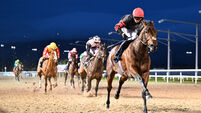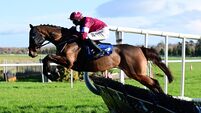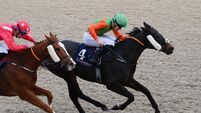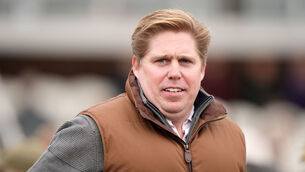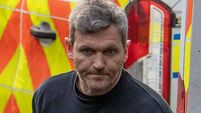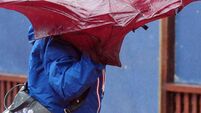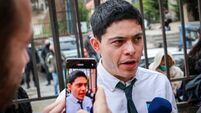Celebrating 100 wonderful years of racing in Tipperary

After five years out of the professional saddle, Lester Piggott was cajoled in 1990 into riding in a charity race alongside the likes of Jonjo O’Neill and others at Tipperary Racecourse and few could have guessed at the time how influential that charity spin would prove.
Chairman at Tipperary, Tim Hyde, takes up the story: “He stayed with me that night and went to see Vincent [O’Brien] the next morning and had a chat with him, and it started from there.”




